The realm of sports and entertainment law is a dynamic and ever-evolving landscape, presenting a unique set of challenges and opportunities for legal professionals. As the industry continues to grow, so does the complexity of legal matters ranging from securing broadcast rights to addressing employment and equity issues.
This article delves into the intricacies of sports and entertainment law, exploring the legal hurdles and prospects that shape the careers of those at the forefront of this field.
Key Takeaways
- Legal complexities in sports representation involve securing broadcast rights, managing international sporting bodies, and addressing the implications of major sports events.
- Intellectual property and trademark challenges in entertainment are heightened by the rise of user-generated content, AI, and nonconsensual use of art in fashion and retail.
- Antitrust law plays a significant role in sports, affecting athlete autonomy, collegiate sports’ NIL rights, and the future of transfer rules.
- Esports and gaming law are emerging fields facing issues related to fantasy sports legality, IP disputes in video games, and evolving esports regulations.
- Employment and equity issues in sports law highlight the need for equal pay, gender equity, and adherence to Title IX in collegiate sports.
Navigating Legal Complexities in Sports Representation
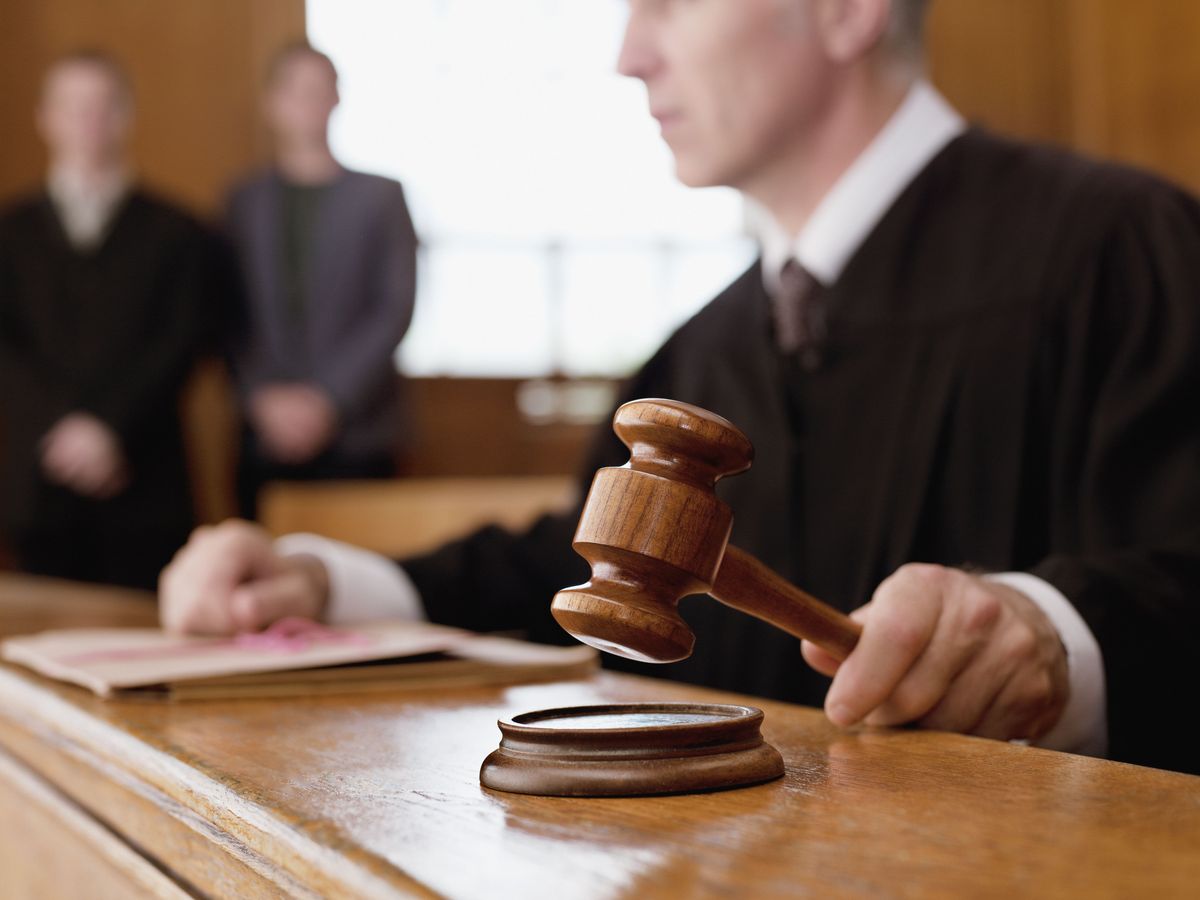
Securing Broadcast Rights and Programming
The landscape of securing broadcast rights and programming is a dynamic and often contentious arena. Broadcasters and sports leagues must navigate a complex web of negotiations to reach agreements that satisfy both parties’ financial and strategic interests. For instance, in the case of televising college football, networks and platforms face contractual limitations imposed by sports leagues, which may include approval rights and restrictions on the use of AI technology during live broadcasts.
Contractual negotiations are critical in these deals, as highlighted by Di Scipio’s remark on the opposing desires of parties involved: one side’s aim to maximize revenue against the other’s intent to minimize costs. The stakes are high, and the pressure to avoid ‘going dark’—a scenario where programming is unavailable due to failed negotiations—is immense.
The intricacies of orchestrating major sports events include unraveling the legal complexities of contracts, which are pivotal in securing broadcast rights.
Recent developments, such as the English Premier League’s record-breaking media rights deal, underscore the evolving nature of the market. This deal not only sets a new benchmark but also provides insights into the current state of play and how it compares to previous agreements and those of other major leagues.
Governance of International Sporting Bodies
The governance of international sporting bodies is a complex tapestry of policies, regulations, and legal frameworks designed to uphold the integrity and fairness of global sports. Effective governance is crucial for maintaining the reputation and sustainability of sports organizations. The question of how these federations can be regulated by law is deeply intertwined with the broader inquiry into the existence of a global sports law.
Key aspects of governance include the establishment of clear rules, the enforcement of disciplinary actions, and the management of data privacy and protection. These elements are essential for preventing issues such as misconduct, bullying, and other forms of abuse within the sports community.
The challenge lies in harmonizing the diverse legal systems and cultural norms that influence the operation of international sports federations.
To ensure robust governance, here are five top tips:
- Conduct comprehensive investigations to identify systemic failings.
- Implement transparent and fair disciplinary procedures.
- Develop policies that are adaptable to evolving sports landscapes.
- Engage in continuous dialogue with stakeholders to foster trust.
- Prioritize the protection of athletes’ rights and well-being.
Legal Implications of Major Sports Events
The orchestration of major sports events encompasses a myriad of legal considerations, from contractual agreements to intellectual property rights. Securing the legal framework for such events is critical to ensure that all parties’ interests are protected and that the event can proceed smoothly. For instance, the legal services required for championship events in major leagues involve navigating complex agreements with broadcasters, sponsors, and athletes.
Major sports events often set the stage for innovative uses of technology, such as the application of artificial intelligence (AI) in event production and viewership. However, this also introduces new legal challenges, particularly in terms of data privacy and the use of AI technologies.
The legal implications of major sports events are not limited to the duration of the event itself but extend to the broader impact on sports law and governance.
Understanding the legal aspects of organizing major sports events is essential for practitioners in the field. The New York State Bar Association provides unique insights into these intricacies, highlighting the importance of comprehensive investigations to address systematic failings in sports governance.
Intellectual Property and Trademark Challenges in Entertainment
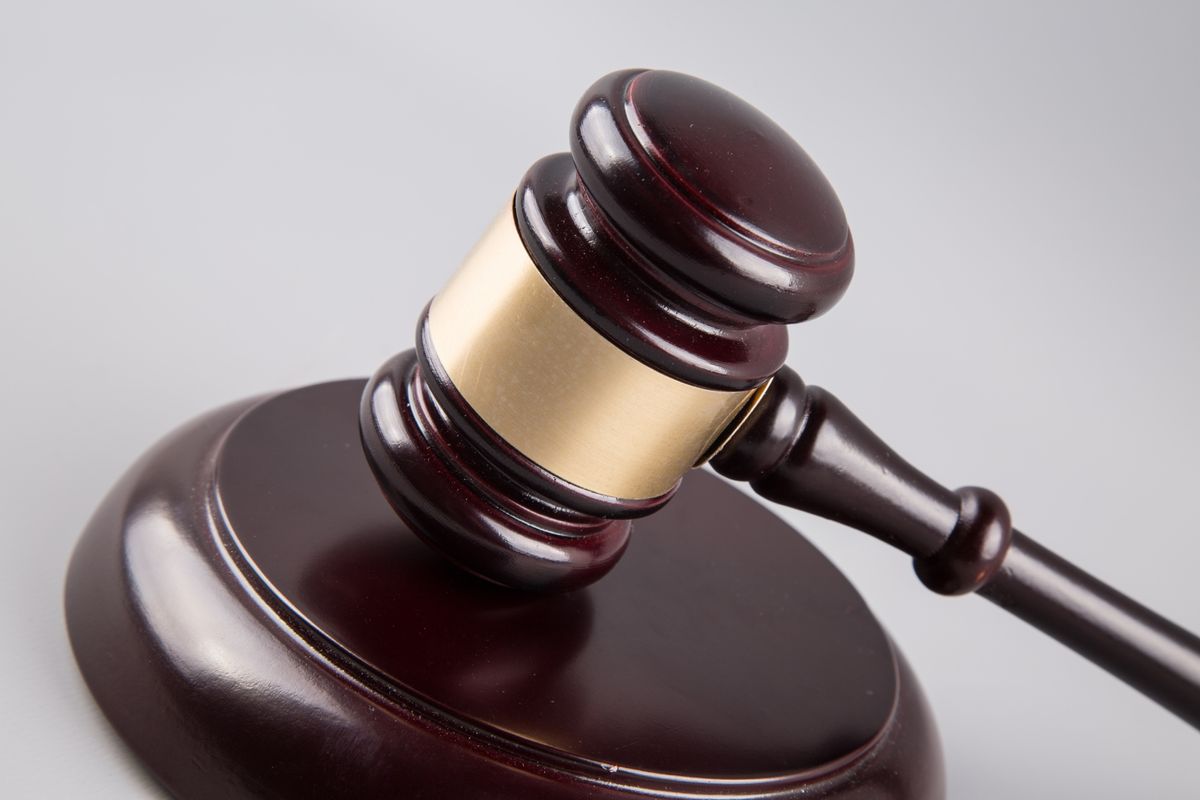
Copyright Issues in User-Generated Content
In the digital age, user-generated content (UGC) has become a cornerstone of online interaction and creativity. The legal landscape surrounding UGC is complex and constantly evolving, particularly as it pertains to copyright law. As fans and consumers morph into content creators, they navigate a minefield of legal considerations that include copyright, privacy, and the right of publicity.
Copyright infringement is a significant concern for platforms hosting UGC. These platforms must balance the promotion of creativity and sharing with the enforcement of intellectual property rights. The challenge is to implement policies that effectively deter infringement while respecting users’ rights to fair use and expression.
- The role of automated content filters in detecting copyright violations
- The nuances of fair use as a defense in UGC cases
- The responsibility of platforms in responding to copyright claims
The intersection of copyright law and UGC presents a unique set of challenges that require careful navigation to protect the interests of all stakeholders involved.
Nonconsensual Use of Art in Fashion and Retail
The intersection of art and commerce often leads to complex legal challenges, particularly when fashion and retail industries incorporate street art into their products without the consent of the artists. The unauthorized use of street art in fashion has become a contentious issue, sparking numerous lawsuits and raising questions about copyright and trademark rights.
- Street Artists Allege Nonconsensual Use of Their Works by Two Major Fashion Retailers
- The list of retailers who have found themselves in disputes includes Alaska Airlines, American Eagle Outfitters, Coach, Epic, and others.
The legal landscape is evolving as courts grapple with the balance between protecting artists’ rights and the freedom of expression in commercial enterprises. The implications for both artists and businesses are significant, with potential outcomes affecting future collaborations and the use of public art in commercial contexts.
The Impact of AI on Copyright Laws
The advent of AI in the creative domain has sparked a debate on the adequacy of current copyright frameworks. AI-generated works challenge traditional notions of authorship, raising questions about who, if any, holds the copyright. The unavailability of copyright protection for AI-generated creative works could stifle innovation and discourage investment in this burgeoning field.
AI’s penetration into the entertainment and media sectors necessitates a nuanced understanding of intellectual property rights. Stakeholders must navigate a complex legal landscape that includes:
- Regulatory developments at both state and federal levels
- Data privacy and publicity rights concerns
- The potential impact on existing IP rights
The intersection of AI and copyright law is a dynamic area that requires vigilant monitoring and proactive legal strategies to ensure compliance and harness opportunities.
As AI continues to evolve, so too must the legal frameworks that govern its use and the protections it affords to creators and users alike. The implications of AI on copyright law are profound, and the legal community must remain at the forefront of these discussions.
Antitrust and the Business of Sports
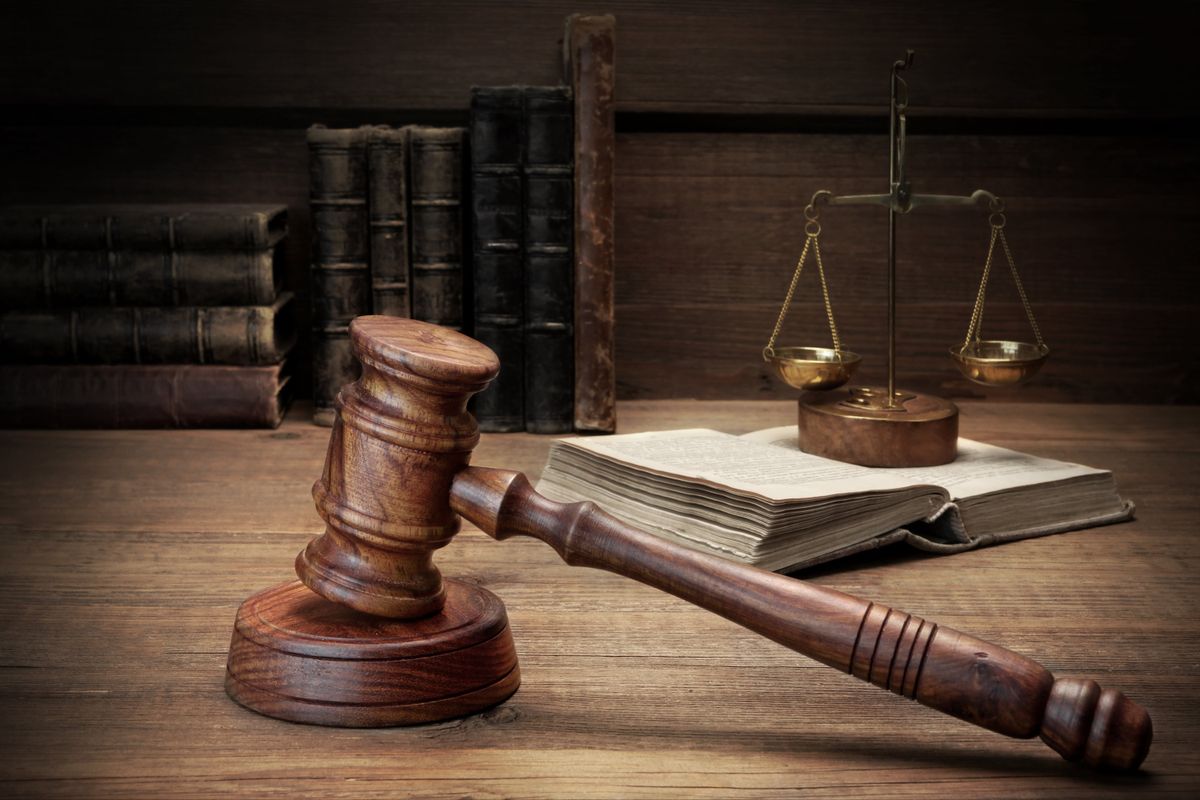
The Relationship Between Sports and Antitrust Law
The intersection of sports and antitrust law is a dynamic area where legal precedents and the business interests of sports organizations frequently clash. The Sherman Antitrust Act plays a pivotal role in this relationship, particularly Section 1, which addresses unreasonable restraints of trade. The Act’s application to sports has been affirmed by the Supreme Court, emphasizing that the NCAA and similar bodies are not exempt from federal antitrust laws.
Antitrust scrutiny often arises in the context of broadcast rights, where leagues have faced challenges for imposing artificial limits on televised sports. The Supreme Court has mandated that such claims be evaluated under the Rule of Reason, which allows for a nuanced analysis of whether the restrictions serve a procompetitive purpose. The NCAA has justified its rules on the grounds of preserving amateurism and ensuring competitive balance among schools.
The legal landscape is continually evolving, with recent cases challenging the status quo and pushing for greater athlete autonomy. This has opened up discussions about the fairness of athlete compensation and the potential for reform in sports governance.
The following points highlight key aspects of the antitrust and sports law nexus:
- The historical significance of the Sherman Act in shaping professional sports.
- The Supreme Court’s stance on the NCAA’s compliance with antitrust laws.
- The Rule of Reason’s role in assessing the legality of sports organizations’ regulations.
- The ongoing debate over athlete compensation and the implications for collegiate sports.
Name, Image, and Likeness (NIL) Rights in Collegiate Sports
The landscape of collegiate sports is rapidly changing with the rise of Name, Image, and Likeness (NIL) rights, presenting both challenges and opportunities for athletes. A player’s NIL valuation estimates the monetary value of their name, image and likeness. This valuation is crucial as NCAA rules evolve, allowing athletes to earn money for their NIL while maintaining amateur status.
The legal framework for NIL is in constant flux, with states enacting their own legislation and discussions of a federal NIL law ongoing. The importance of equity in opportunities, especially for women’s teams, is a significant aspect of the NIL conversation. Here are some key points to consider:
- The potential for NIL activities to be subject to federal law prohibiting sex discrimination in education.
- The comparison of NCAA restrictions on NIL discussions during recruitment to salary negotiations in the job market.
- The impact of these restrictions on compensation for athletes.
The evolving NIL landscape requires careful navigation to ensure fair treatment and maximization of opportunities for all collegiate athletes.
Legal precedents, such as the O’Bannon case, have challenged the NCAA’s ability to prohibit student-athletes from monetizing their NIL. The outcome of these cases has significant implications for the future of collegiate sports and the rights of athletes to profit from their personal brand.
The Future of Athlete Autonomy and Transfer Rules
The landscape of athlete autonomy is rapidly evolving, with legal frameworks struggling to keep pace. The U.S. Department of Justice (DOJ) has recently joined the action against NCAA transfer rules, signaling a potential shift towards greater freedom for student-athletes. This intervention follows the NCAA’s 2021 rule revisions, which allowed student-athletes a single penalty-free transfer, a stark contrast to previous restrictions.
Transfer rules have long been a contentious issue, balancing the interests of institutions with the rights of athletes. The DOJ’s involvement underscores the importance of this balance and hints at a future where athlete mobility is less constrained by regulatory barriers.
- The DOJ’s stance may lead to further rule relaxations.
- Athletes could experience increased agency in career decisions.
- Institutions may need to adapt to a more dynamic transfer landscape.
The implications of these developments are profound, potentially reshaping the collegiate sports environment and setting precedents for other levels of competition.
Emerging Trends in Esports and Gaming Law
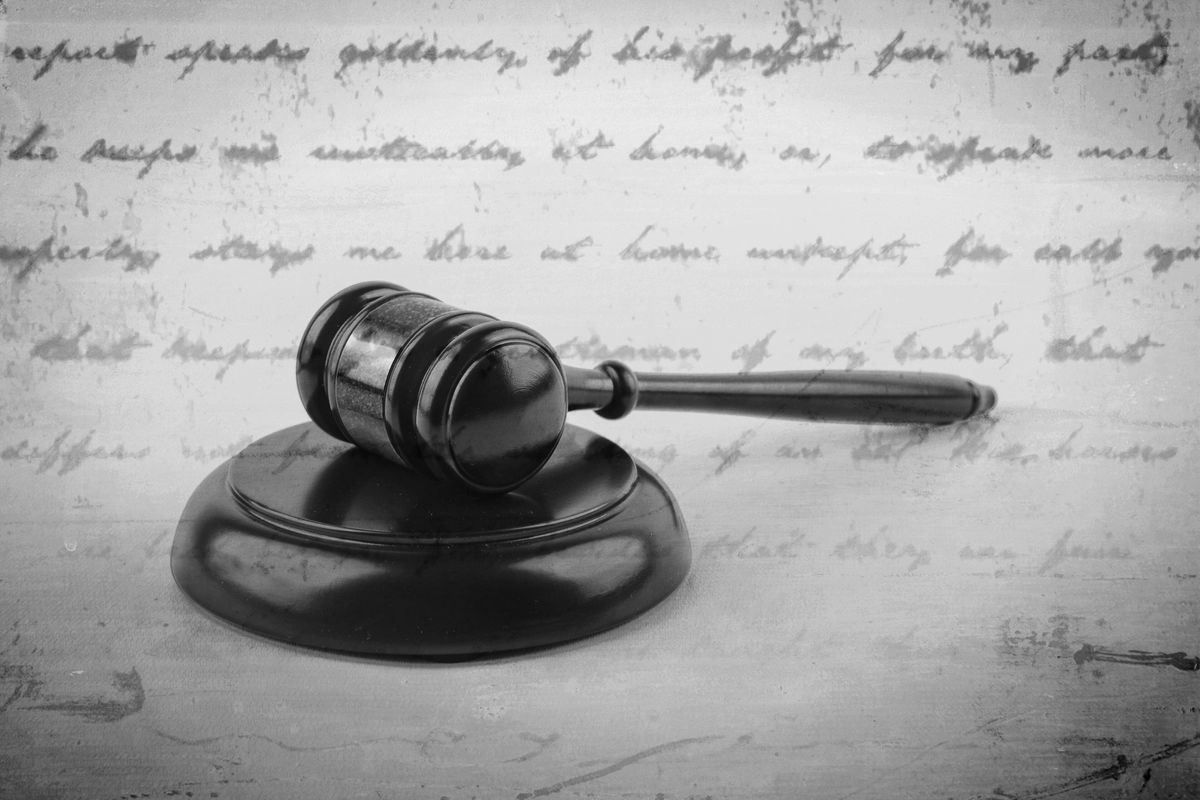
Legalities of Fantasy Sports and Workplace Gaming
The intersection of fantasy sports and workplace gaming presents unique legal challenges. Fantasy sports, particularly in the workplace, have become a subject of scrutiny as they navigate the complex landscape of employment law. The legality of these activities varies across jurisdictions, with some states having explicit laws or regulations on the books.
Fantasy sports and gaming can lead to litigation, especially concerning intellectual property and trademark issues. As the industry grows, so does the need for clear legal guidance to ensure compliance and fair play.
The rise of legal sports betting has increased the workload for lawyers and invited greater scrutiny of the gambling industry. This has implications for the legality and regulation of fantasy sports within the workplace.
Here are some states with notable legal positions on fantasy sports:
- New York: Recent litigation resulted in a significant settlement and cessation of operations for a popular fantasy sports operator.
- Other states: Various jurisdictions have laws or regulations that impact the operation of fantasy sports platforms.
Intellectual Property Disputes in Video Games
The video game industry is a complex ecosystem where intellectual property (IP) rights are paramount. Games are intricate works, often involving a mosaic of computer programs, designs, music, and narrative content. As the industry evolves, so do the legal challenges associated with protecting these assets. For instance, the recent case of Warner Chappell Music, Inc. et al. v. Nealy et al. highlights the ongoing disputes over music rights within games.
The intersection of AI and video games has introduced new layers of complexity. Generative AI, which can create content that mimics human creativity, is at the center of emerging legal debates. Companies like Valve are grappling with the implications of AI-generated content and the potential for infringement suits.
In response to these challenges, the industry has seen a rise in litigation and the need for robust legal strategies. Key areas of dispute include:
- Copyright infringement claims
- Trademark disputes
- Patent litigation
- Trade secret misappropriation
Each case requires a nuanced understanding of both the legal landscape and the technological intricacies of video games.
Regulatory Developments in Esports
The esports industry continues to surge in popularity, with significant developments in the regulatory landscape. Esports regulations are evolving to address the unique challenges of this digital arena, including player contracts, sponsorship agreements, and intellectual property rights.
Key areas of focus include:
- Ensuring fair play and integrity in competitions
- Protecting the rights of players and teams
- Establishing standards for event organization and broadcasting
The growth of video game design and esports programs in universities is a testament to the industry’s expansion and the need for specialized legal expertise. Law firms like Bergeson and Campbell PC are at the forefront, offering regulatory compliance services to navigate this complex field.
The harmonization of esports regulations across different jurisdictions remains a critical goal, aiming to create a stable environment for international competitions and investments.
Employment and Equity Issues in Sports Law
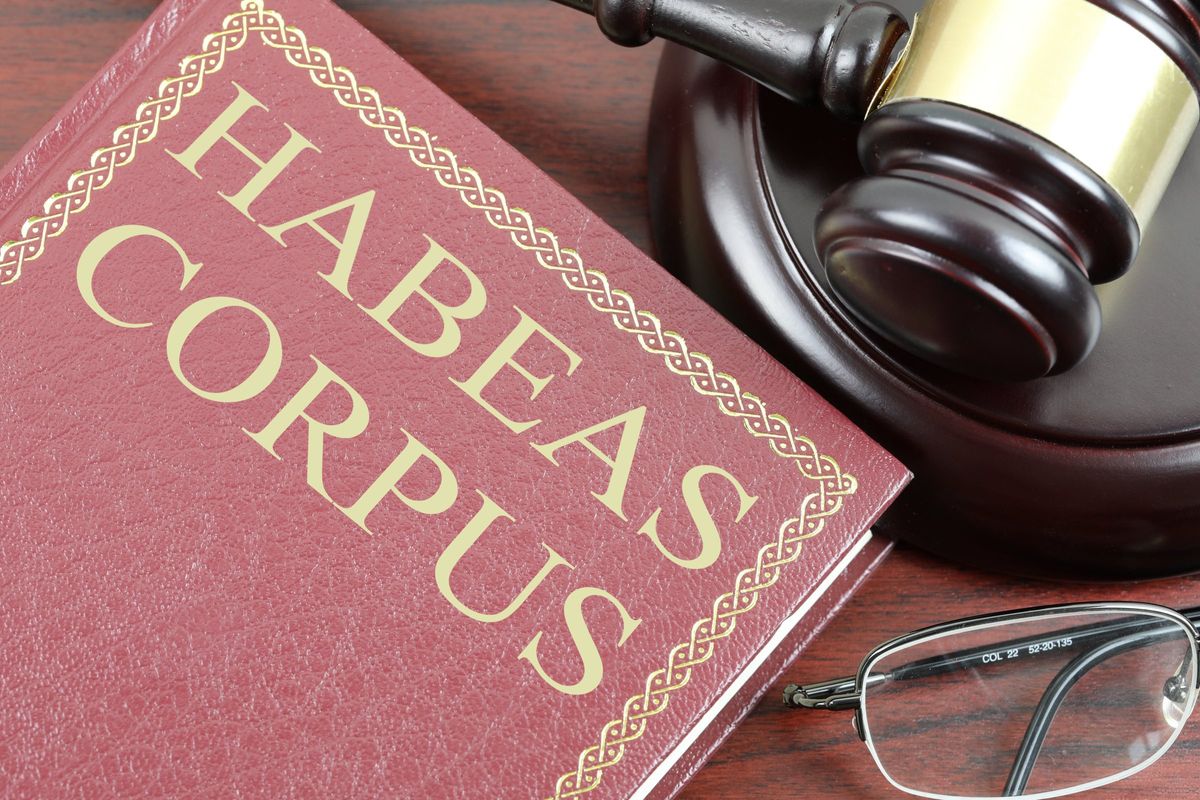
Equal Pay and Gender Equity in Professional Sports
The quest for equal pay and gender equity in professional sports has gained significant momentum in recent years. Soccer star Megan Rapinoe shone a spotlight on the need for equal pay for women athletes. This movement extends beyond the athletes themselves, as equity is also a problem in the senior leadership ranks of sports organizations.
While men’s and women’s teams often strive for the same level of excellence and competition, the disparity in compensation and resources is stark. The legal landscape is evolving to address these disparities, with legislation and policy changes aiming to level the playing field.
The legal framework of NIL is evolving on a near-daily basis, creating new opportunities and challenges for gender equity in sports.
Here are some key areas where legal action is influencing gender equity in sports:
- Advocacy for equal pay in professional leagues
- Implementation of Title IX and its implications for college sports
- The rise of NIL rights and their impact on women athletes
The conversation around gender equity is not just about fairness; it’s about recognizing the value and contribution of women in sports at all levels.
Legal Challenges in Sports and Gaming Workplaces
The intersection of sports, gaming, and employment law presents unique challenges for legal practitioners. Employers in the sports and gaming industries must navigate a complex web of legal considerations, ranging from the legality of fantasy sports in the workplace to compliance with various state and federal regulations.
One particular area of concern is the management of sports gambling activities within the workplace. Employers should consider ways to mitigate their risk, including by first determining if they are operating in a state where these types of pools are banned.
The National Law Review highlights the importance of understanding the legal landscape of fantasy sports and gaming, as these activities become increasingly integrated into workplace culture.
Additionally, recent developments in employment law, such as the NLRB ruling that Dartmouth basketball players are employees, underscore the evolving nature of sports law and its implications for the workplace.
Title IX and Its Implications for College Sports
Title IX has long been a cornerstone of gender equity in college sports, ensuring that women receive equal opportunities and treatment in educational programs and activities, including athletics. The evolving legal landscape, particularly with the rise of Name, Image, and Likeness (NIL) rights, presents both challenges and opportunities for Title IX compliance.
Equity in opportunities for male and female athletes remains a critical concern, as the surge in NIL deals has the potential to skew resources and attention. The legal framework of NIL is in flux, with states enacting their own legislation and discussions of a federal NIL law ongoing. This patchwork of regulations necessitates vigilant oversight to maintain Title IX’s objectives:
- Ensuring fair access to NIL opportunities for all student-athletes.
- Balancing commercial interests with educational values.
- Protecting against discrimination in any form.
The intersection of NIL rights and Title IX is particularly significant in the context of women’s sports, which have seen increased visibility and commercial interest. The imperative to uphold the principles of Title IX in this new era cannot be overstated.
Furthermore, the NCAA’s updated regulations and the potential implications for labor law in college sports add layers of complexity. Institutions must navigate these waters carefully to not only “level the playing field” but also to integrate athletics with academics, thereby enhancing the educational experience for all student-athletes.